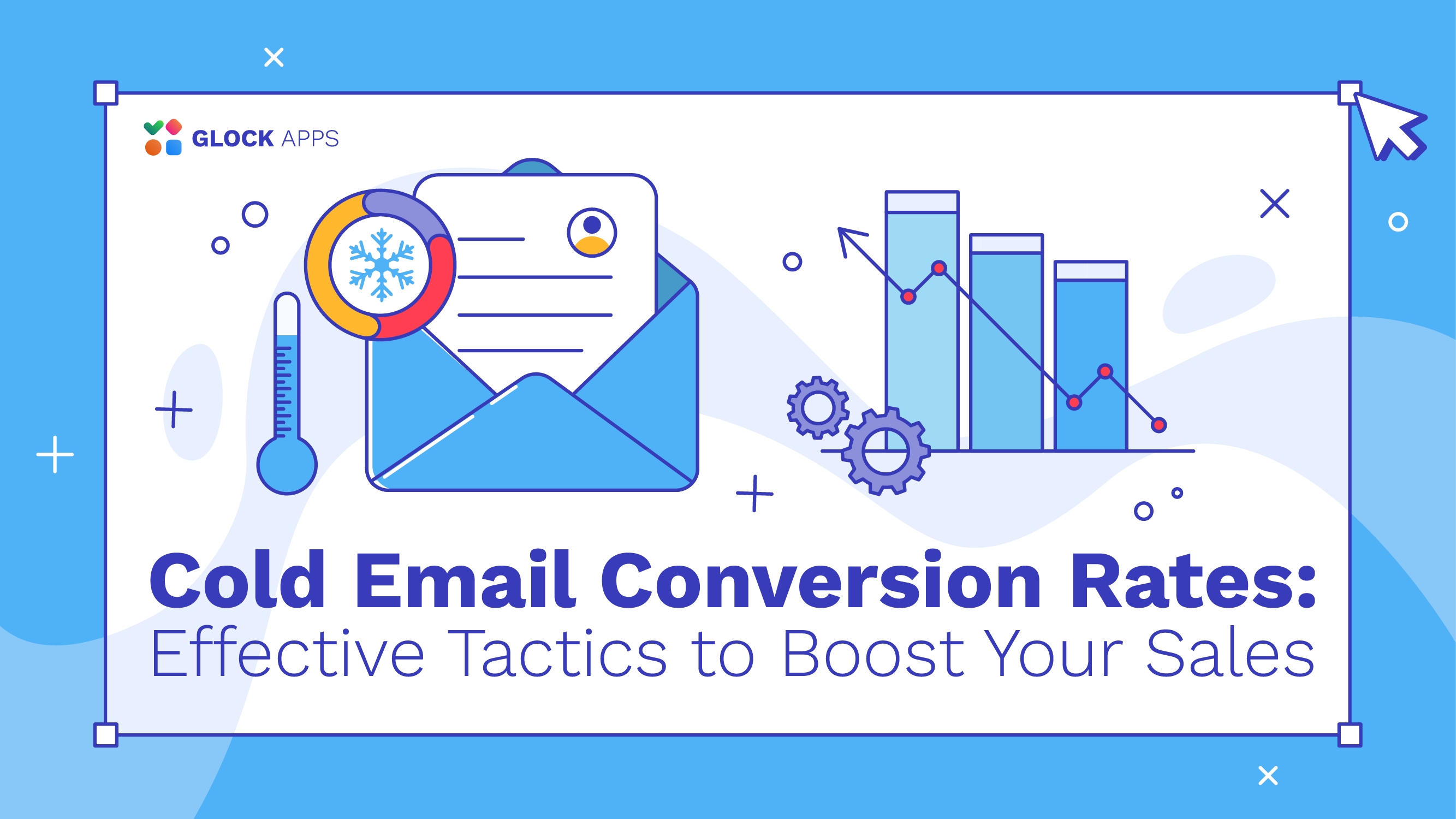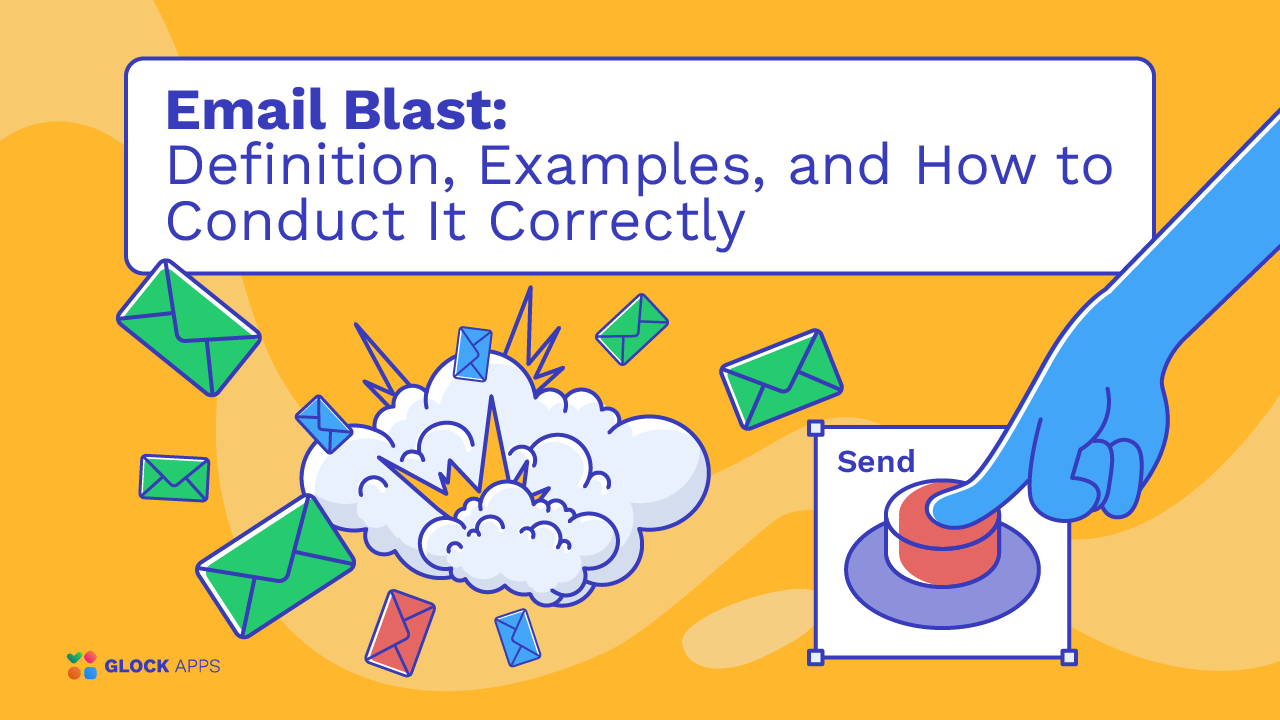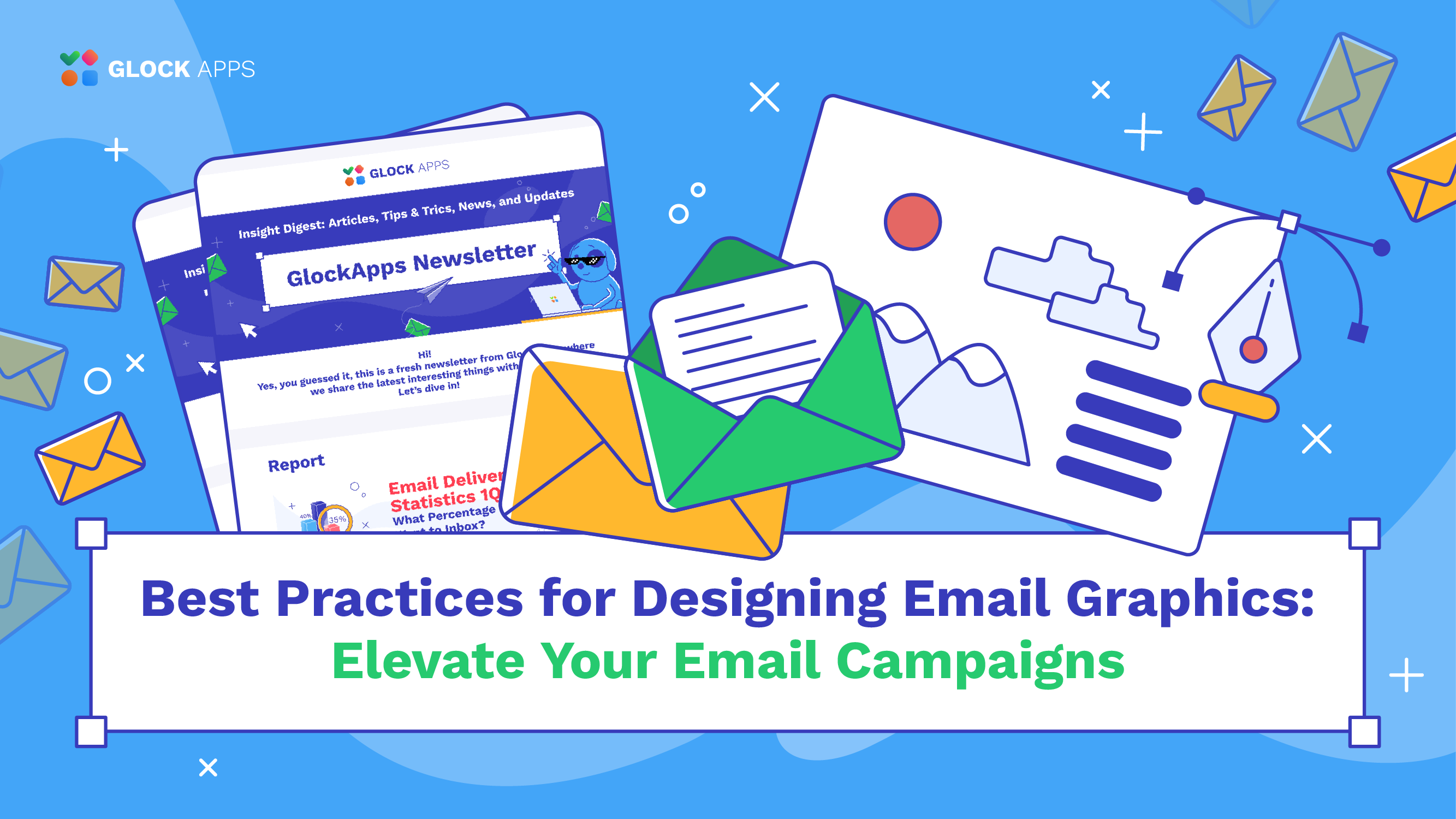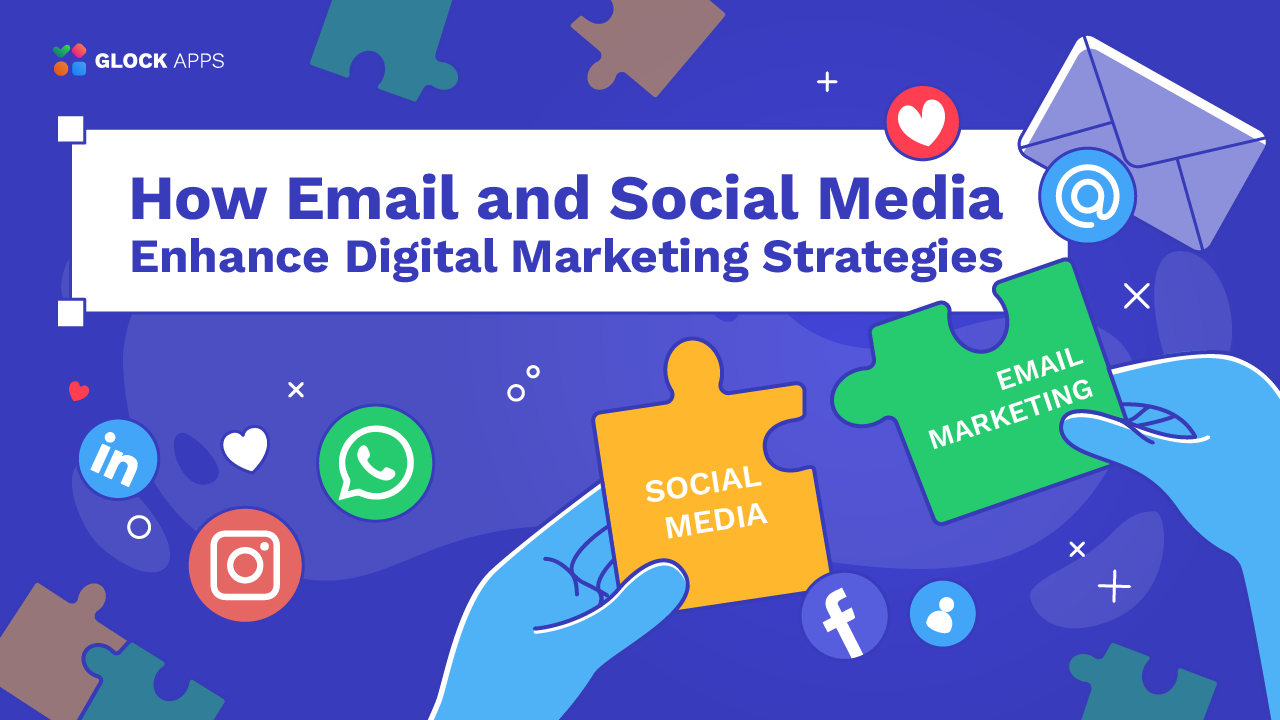Types of Email Marketing: Essential Strategies for Effective Campaigns
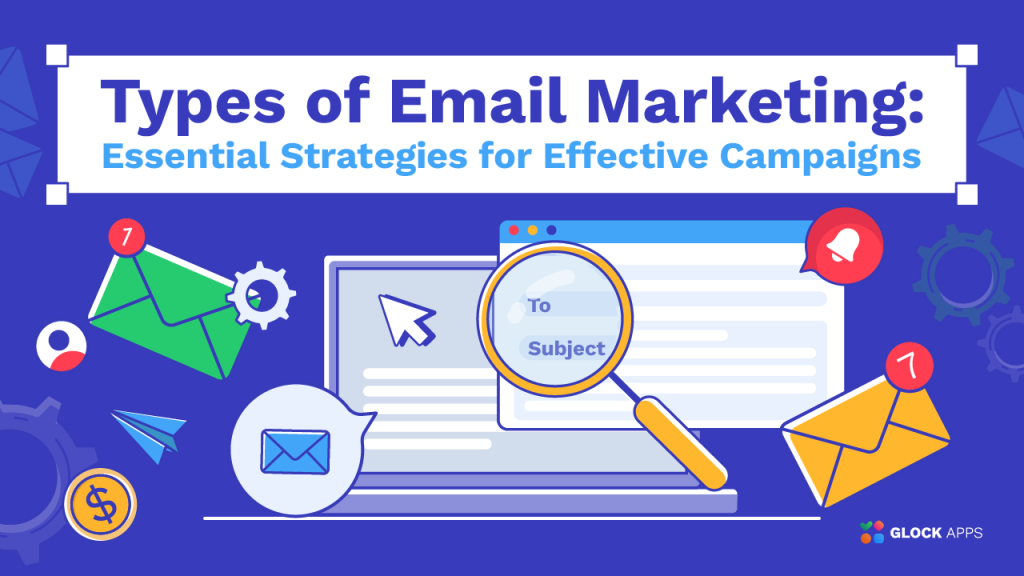
Estimated reading time: 7 minutes
Email is a dynamic, powerful way to reach out to your audience, build relationships, and make a sale. In this regard, email marketing is divided into two main strategies: inbound and outbound marketing. Inbound marketing is based on developing relations with existing subscribers, while outbound marketing strives to attract new leads by reaching opportunistic customers who have yet to become familiar with the product or service. This dual approach allows businesses to manage and expand their reach across diverse consumer bases effectively.
Enhance Subscriber Relationships through Inbound Email Marketing
Inbound email marketing is centered on building connections with subscribers who have already expressed interest in your brand. The goal is to deepen that relationship using content and interactions that build interest over time. Inbound email marketing recognizes that the first response to your brand is just the beginning and seeks to leverage that interest in the development of a longer-term relationship. Inbound email marketing includes:
Welcome Emails: These are the first emails new subscribers receive after signing up. Setting the groundwork for all communications to come, it’s important that they convey a kind, welcoming tone so new subscribers feel appreciated from the very beginning.
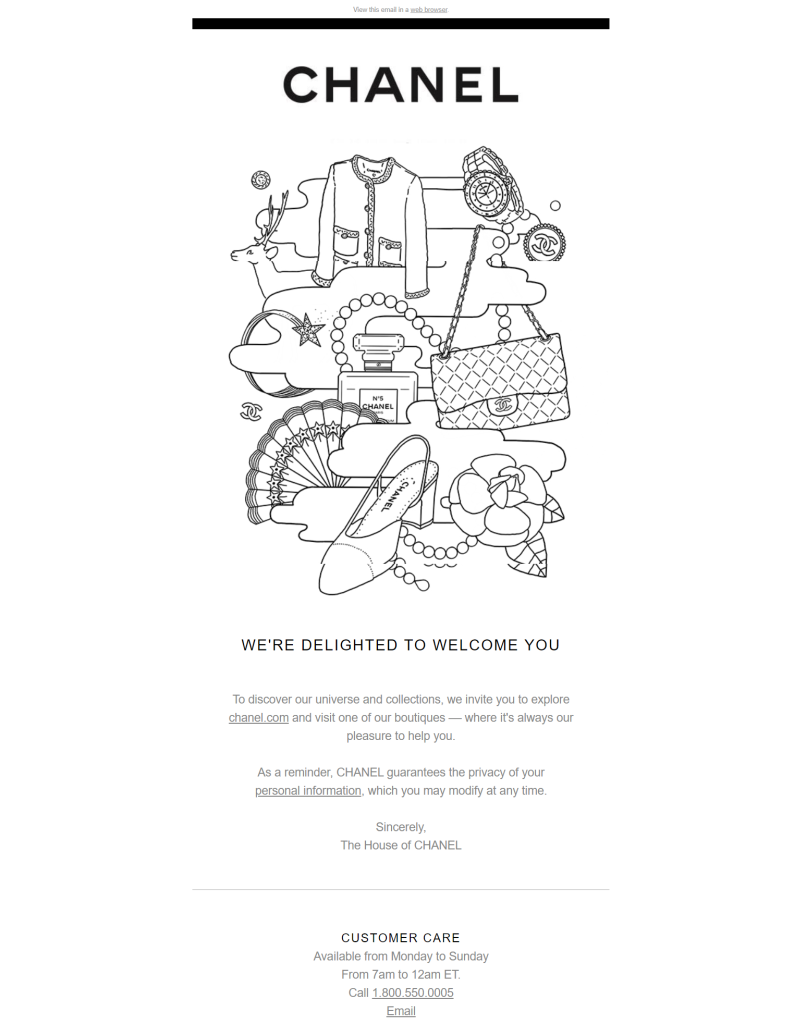
Onboarding emails: Naturally, to get new users acquainted with your product or service and its features and functionalities, onboarding emails are a must. Well-designed onboarding emails can substantially reduce the learning curve for the user and improve the experience of using a product.
Newsletters: Sent regularly, newsletters update subscribers on news, tips, and updates of the brand. They serve as a constant point of touch and remind readers of your brand and reinforce subscriber engagement.

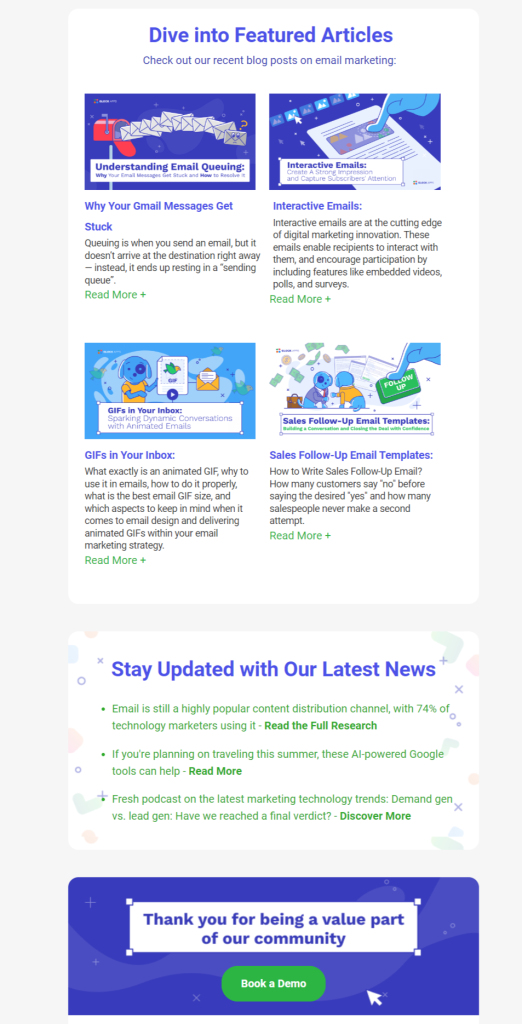
Promotional Emails: These emails are written to sell by offering special deals and discounts, or access to special products. If you tailor the offers to your subscribers’ interests and needs, these emails can also boost conversion rates.
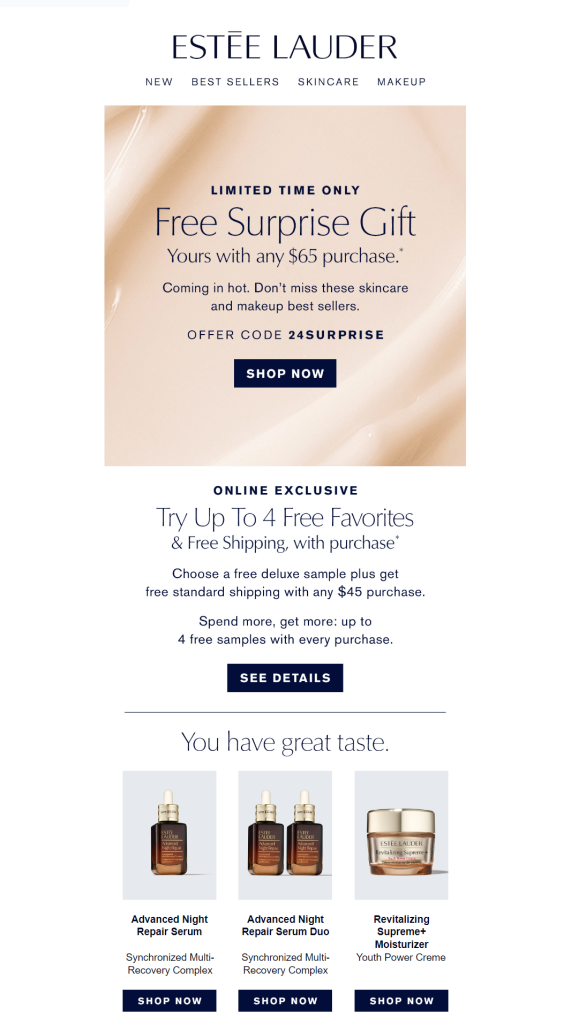
When designing your promotional emails, don’t forget to test how they are conducted throughout different platforms. GlockApps got you there with HTML Checker!
Re-engagement Emails: These are specifically targeted to re-engage subscribers who are unresponsive or inactive over time. Re-engagement emails can get them back into the fold by reconnecting with new product feature updates, special offers for a return visit or re-purchase, or simply asking for a reason for being disengaged. This helps to retain customers and also keeps your email list healthy by improving engagement.
Transactional Emails: Triggered by customer behavior, such as purchases or updates to their accounts, these are crucial to maintaining ongoing customer satisfaction and loyalty. They contain important information and confirmations that foster trust and reliability.
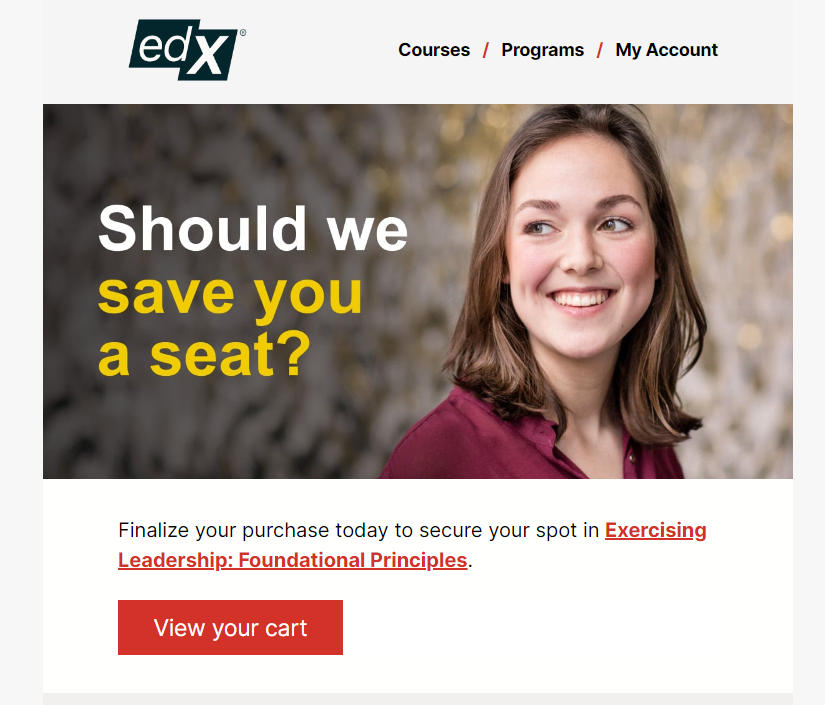
Expand Reach with Outbound Email Marketing
Outbound email marketing is a strategy designed to increase your brand’s exposure to an audience you haven’t yet reached – customers who don’t know about your brand or products, but who may be open to learning more about them. A broad, targeted email can be used outbound to introduce potential customers to your brand, and products, and explain the benefits of choosing your company over a competitor’s. You can send an email blast out to thousands of recipients, many of whom will be interested to learn about your brand. You can even convert them into new leads or customers. This approach is particularly effective for reaching a wide audience and generating new interest in your products or services. That includes:
Cold Emails: Cold emails are a type of email marketing where businesses send messages to potential leads without prior interaction. The main goal is to introduce the recipient to the brand and its offerings, hoping to spark interest or provoke a response. These emails must be particularly well-crafted to overcome the lack of a pre-existing relationship, focusing on relevance, value, and compelling content to capture the interest of recipients effectively. Successful cold emails often include personalized elements to make a strong first impression and encourage further engagement.
Lead Generation Campaigns: Unlike cold emails, lead generation campaigns are often part of a larger multi-step marketing campaign aimed at nurturing a prospect through a series of interactions. A cold email is your first touch, an introductory message from your brand, while a lead generation campaign follows up with a series of messages that could further pique a recipient’s interest and prompt them to sign up for a webinar or make a purchase. These campaigns serve to foster a relationship, and by reaching out with a series of targeted messages customized to your potential customer’s needs, you’re more likely to achieve the desired result.
Key Considerations for Effective Outbound Email Marketing
Outbound email marketing is a powerful tool for growing your brand’s audience, but it must be managed with careful attention to detail.
1. Avoid Spam Filters. Using overly promotional language or too many links can trigger spam filters, preventing your emails from reaching inboxes. You can always rely on GlockApps for email deliverability.
2. Monitor Feedback. Pay attention to how recipients interact with your emails. High unsubscribe rates or low engagement might indicate that your strategy needs adjusting.
3. Watch Out for Brand Image and Tone. Maintain a consistent and professional tone that aligns with your brand to build trust and avoid alienating potential customers.
4. Relevance and Personalization. Messages should be relevant to the recipients. Segmenting your email list according to demographics, interests, or past interactions can help create your content more effectively.
Conclusion
Email marketing is not just about sending messages, but rather about creating meaningful connections. Whether welcoming new subscribers, re-engaging the old, or reaching out to potential customers, each type of email serves a specific purpose in building a truly effective communication framework. As we’ve seen, the key to successful email marketing lies in personalization, respecting customer preferences, and consistently delivering value. These strategies, when implemented well, not only enhance customer engagement but also drive business growth.
FAQ
Inbound email marketing focuses on nurturing relationships with existing subscribers through welcome emails, newsletters, promotional offers, and more.
Re-engagement emails target inactive subscribers, using personalized content and offers to rekindle their interest in your brand.
Promotional emails are designed to drive sales by offering special deals, discounts, or exclusive access to products, created specifically to the interests and needs of subscribers.
Outbound email marketing aims to attract new leads by reaching potential customers through cold emails and lead generation campaigns.
Avoid using overly promotional language, monitor feedback closely, maintain a consistent brand tone, and ensure messages are relevant and personalized to avoid triggering spam filters and disengagement.
